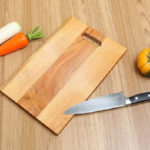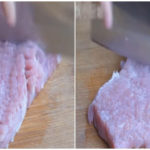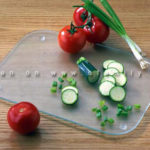1 Why Cut Meat Against the Grain?
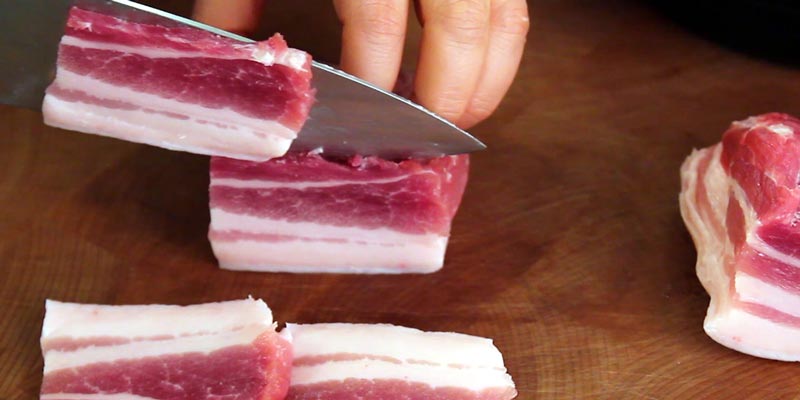
According to experts, the way you cut or slice meat is the most important factor in determining its texture. The reason behind cutting meat against the grain is that it shortens the muscle fibers, making the meat easier to chew and resulting in a more tender bite. Cutting with the grain, or in the same direction as the muscle fibers, leads to tough, chewy meat.
Research has shown that it takes twice as much force to bite through a piece of meat cut with the grain compared to cutting against it. That’s why it’s commonly advised to cut meat against the grain during preparation.
2 Common Mistakes to Avoid When Cutting Meat
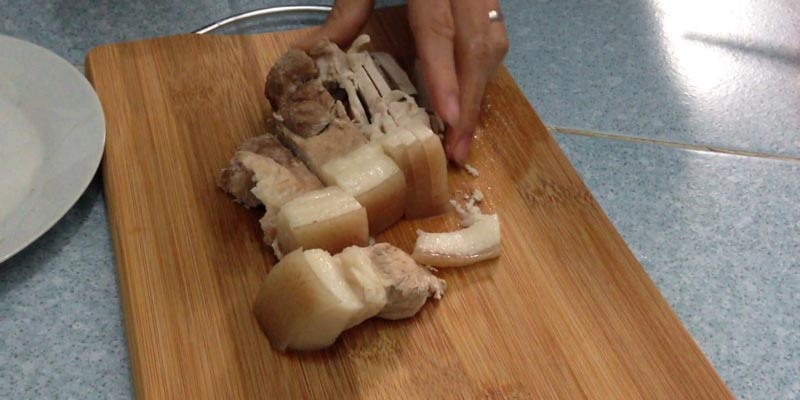
– Not partially freezing the meat before cutting: Most people tend to cut fresh meat right after purchasing it, but this makes it harder to cut and achieve neat slices. A good tip is to partially freeze the meat just enough to firm it up, which will make it easier to cut and result in more aesthetically pleasing slices.
– Cutting meat immediately after cooking: When meat is still hot, it contains a lot of moisture. Cutting it at this stage will lead to mushy, unappealing slices. It’s best to let the meat rest for 15-20 minutes to cool down before cutting.
– Using the wrong type of knife: Different knives serve different purposes, such as chopping bones, slicing meat, or cutting vegetables. Make sure to use the right knife for the task and sharpen it before cutting meat to ensure neat and appealing slices.
– Using the wrong cutting board: When slicing meat, you can use a thin and lightweight cutting board. However, for tasks like mincing or chopping, a dedicated thick and heavy cutting board is necessary. Ideally, you should have three cutting boards in your kitchen: one for raw meat, one for cooked meat, and one for chopping/mincing.
In summary, cutting pork or beef against the grain results in more aesthetically pleasing slices and a more tender, enjoyable eating experience. This is a crucial tip for any home cook to keep in mind!
Reference: vietnamnet.vn
8 Common Mistakes People Make with Cutting Boards
Are you using your cutting board correctly? Many Vietnamese households rely on cutting boards in their kitchen, but not everyone knows how to use them properly, especially when it comes to wooden cutting boards. Check out these 8 mistakes to avoid when using a cutting board to ensure both hygiene and safety for everyone in your family.

























